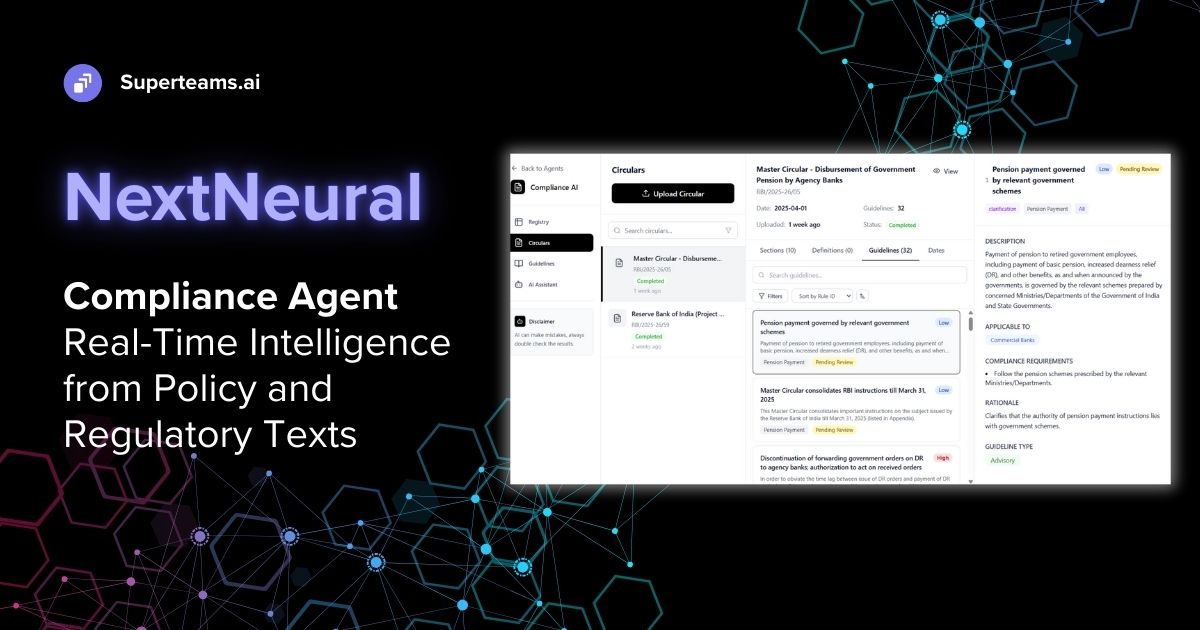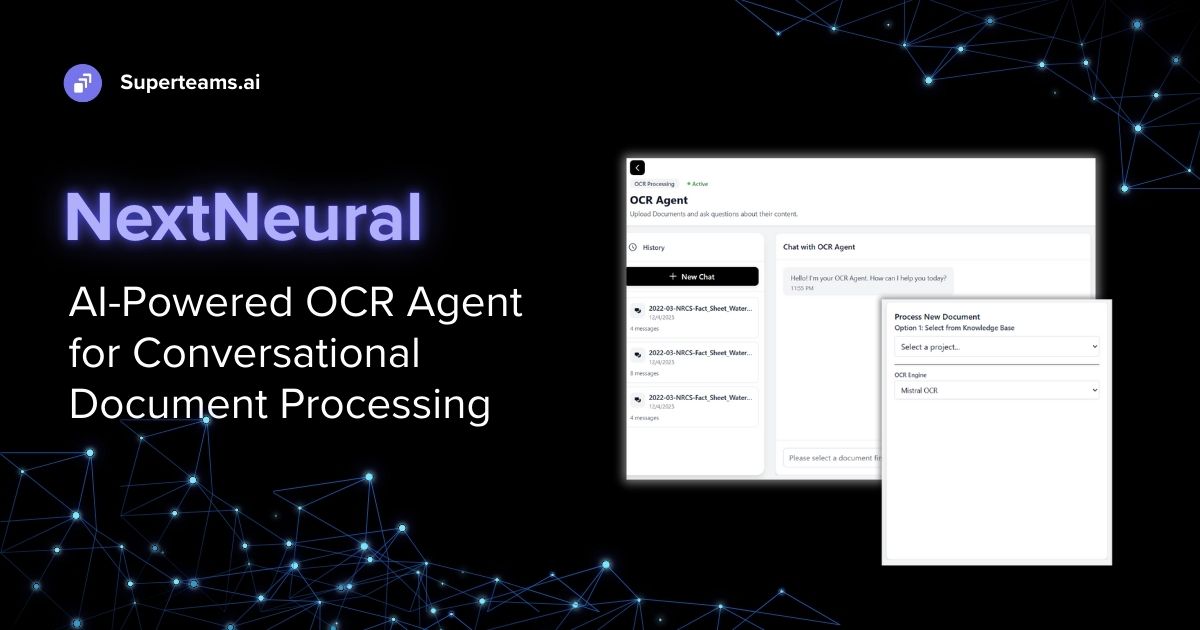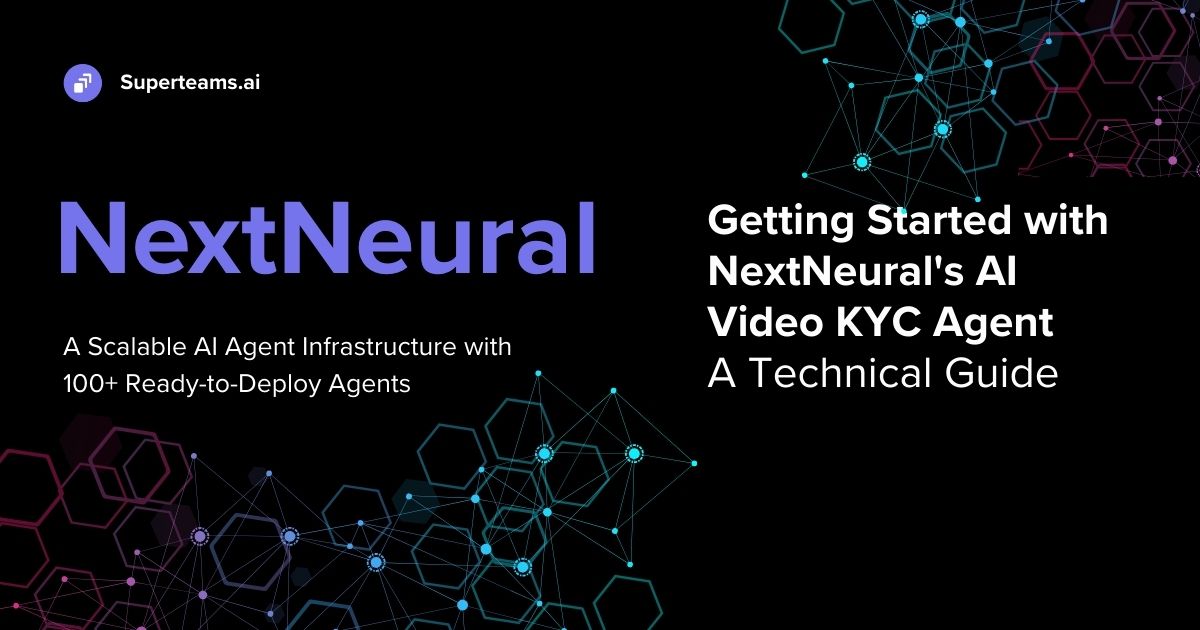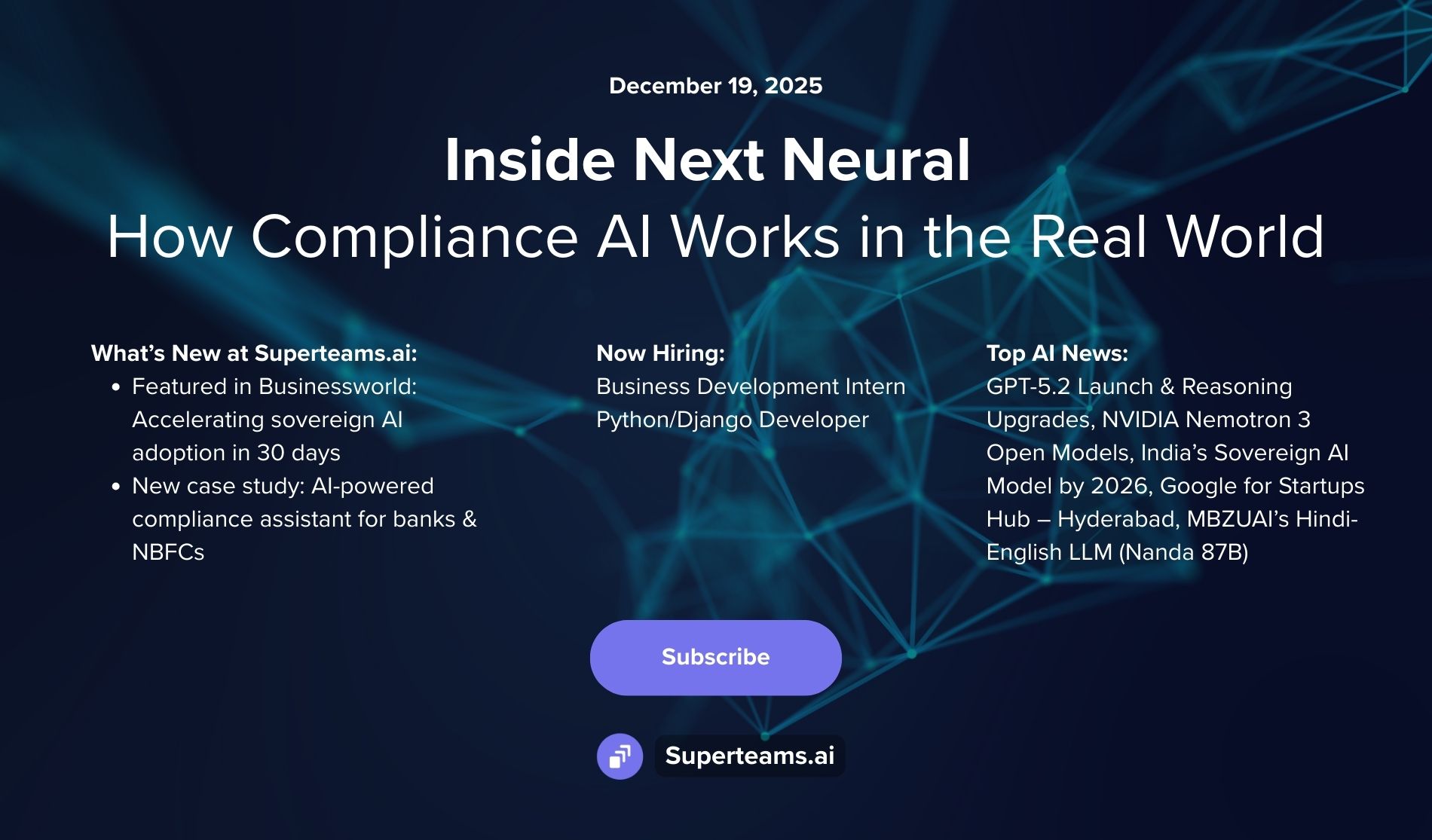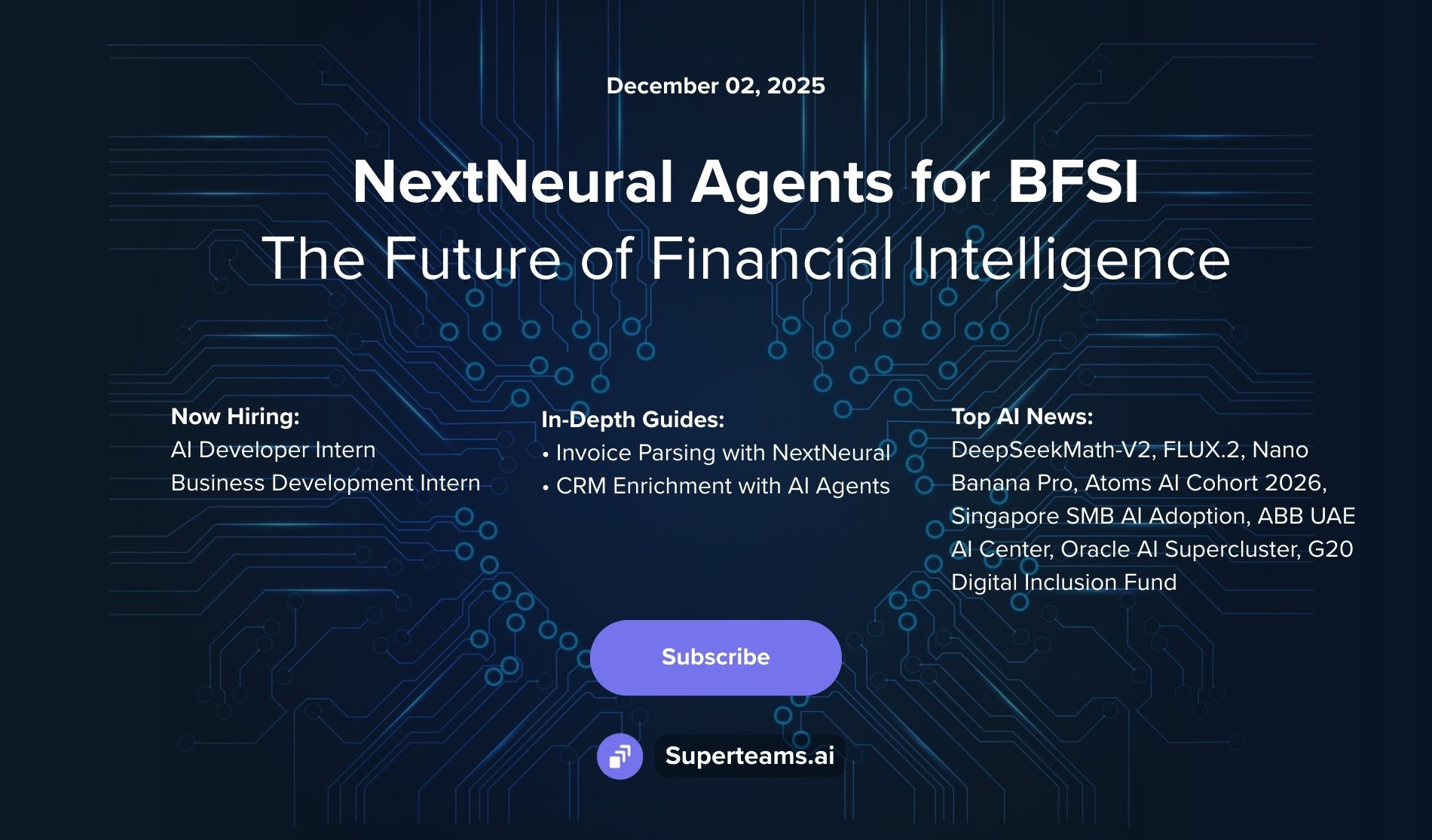How To Create Winning Content Strategy for Educational Institutes and Universities
In this article, we present a content system we have developed for institutes and universities, and outline the process through which to implement it.
Introduction
Education sector is one of the most competitive sectors currently, with each institution attempting to garner attention of the best brains. However, building a content strategy that manages to increase student admissions funnel isn’t easy. The reason for this is, on the surface, they all teach the same set of subjects, compete for placement in similar industries, and go after similar student profiles.
However, every institution has USPs one can unearth and leverage, in order to create differentiation. In this article, we will outline the work our teams did at one of the largest educational groups in India, and the approach we took to grow revenue funnel rapidly.
Building a Content System for Education Sector
Our teams follow a streamlined, domain-specific approach for all the client projects they take up. In case of education sector businesses, we have a content system in place which helps unearth the USPs in the right way.
The Content System in place leverages a multi-pronged strategy:
- Knowledge IP
- Network IP
- Social IP
- Capital IP
We will deep-dive below into each of these to showcase why the system helps institutions put the best foot forward amongst incoming students, parents and the wider network.
Knowledge IP
Knowledge IP of our Content System focuses on the four key areas that make a University or Institution stand out amongst its peers:
Academics - Courses, academic curriculum, teaching methodology, and the systems in place that imparts cutting edge education to incoming students.
Research - Fundamental research that’s being conducted in the institution by faculties and students, papers published, innovations that have been created.
Culture - Magazines, books, publications and other knowledge content that the institution publishes.
When education businesses engage our teams, our content strategist objectively approaches the institution to outline where the gaps lie.
For instance, our client had done incredibly powerful research around rainwater harvesting and treatment, but they hadn’t put out any content to showcase that. Similarly, their students had published research on solar power generation in Indian villages quite extensively, and again had hardly mentioned it anywhere.
Not showcasing Knowledge IP well is a missed opportunity for many. Top Universities and Institutions across the world harness this to attract the best minds and get a leg-up over competition.
Network IP
Educational institutions are human-centric businesses, and therefore, they have inbuilt network effects that they can leverage.
In our content system, we outline these natural network effects, in order to propel them into a growth path.
Here are some of them:
Alumni Network - harnessing alumni network implies keeping in touch and tracking alumni of the institution and getting their help in spreading the word about the institution. For incoming students, the idea that an alumnus has had a successful career trajectory, and speaks highly of the institution, is the biggest validation that the institution can offer to the incoming batch of students.
Faculty Network - every faculty member of the institution has a network they have built over the years, and potentially has garnered a reputation in the subject area they have focussed on. Content strategy designed to help showcase their work and thought leadership gives students and parents the opportunity to get to know them and trust the institution on the basis of their credentials.
Industry Network - year on year, during the placement season, various industry players interact with the institute. This can form a powerful network over the years, that gives students assurance of internship opportunities, job placements and more.
Social IP
The reputation of the institution, offline and online, forms a powerful deciding factor for students and parents during the selection phase.
As the discovery process increasingly happens through online research by parents and students, the educational institution should strongly focus on building a social media strategy that resonates with the students.
Social IP focuses on building powerful network effects on platforms like LinkedIn, Youtube and more, and involves engaging with the student community from early years.
It also involves offline social reputation that the institution commands, and the events that the institution conducts on a regular basis, but educational and cultural.
Very few institutions have cracked social IP in the right way. Building Social IP requires an understanding of the various social networks where student communities are conversing, and building thought leadership in those channels.
Capital IP
Capital IP involves showcasing the investment in infrastructure, the facilities, the libraries and the laboratories, and any other investment that the institution has made towards providing high quality experience to incoming students.
Content strategy that showcases Capital IP involves discovering and highlighting the state-of-the-art instruments, lab facilities, the lecture hall complexes and the facilities provided for the residential students.
For instance, if an institution has a ‘3D Printing Lab’ or ‘Robotics Labs’, showcasing this well is a great way to build mindshare and thought leadership amongst the students.
Discovering Gaps in Visibility
The first step towards implementing an all-rounded Content System for your institution is to take an objective view of the current state and the gaps.
This process involves the following:
Studying the website sitemap – the sitemap is the ultimate source of truth, the skeletal structure of a website, and it reveals challenges and opportunities around content better than going through any other tool. The sitemap is generally in xml format, and contains a list of all links that the website has published.
Using SEO technologies – a second step is to dive through reports generated by SEO analysis technologies such as semrush, ahrefs or ubersuggest, and then discovering the SEO issues that are present on the website.
Studying Google Analytics and Search Console tools – the curve and shape of traffic in each of the University pages, the landing pages that have been working, and if the institution’s website is showing traffic growth in its target region is key to figuring out if a localized content strategy is needed.
Digging into Social Media analytics for the past two years - this helps understanding if the impressions and engagement has been growing on various social channels where the institution handles are active, and which posts have done well in engaging the right audience. There are technologies like Hypefury and others who also help in this process.
The above analysis typically takes anywhere between two weeks to four weeks, in order to come up with an all-rounded and comprehensive analysis of the current state.
Putting in place a content strategy
Once the analysis is complete, the next step is to hash out a content strategy that methodically attacks the gaps that are currently present.
One thing to keep in mind here is that the content needs to engage with the target audience that the university is trying to reach. For instance, traffic growth from geographies where university sees very little admissions will have no significant impact in the long run. It is far better, therefore, to deploy a strategy that ensures the right geographic targeting.
Additionally, the institution may need to harness a multilingual approach to content, instead of sticking to only English. If the university taps stents from a non-English speaking region, it is of paramount importance to communicate with the students and parents in the local language through its content.
The content strategy should ideally take the above into account, and then present a plan that to methodically execute on it.
Bringing together a content team
To execute on the agreed upon strategy, it is far better to put together a core content team that understands the voice, the tone, the ethos and the vision of the institution, and then approaches content creation systematically with that in mind.
At Superteams.ai, our teams are designed to be domain-specific and are formed with specific objectives that are managed by our project managers when they engage with a client. This ensures that the content churned out has a unified voice behind it.
Typically, bringing together such focussed teams require effort in vetting and ensuring that they have the background and ability to create for an institution. Our platform is designed to help with this, and we have a network of such content creators that regularly work with us.
Conclusion
Every institution needs a content strategy in place to ensure that it gets the visibility that it deserves. We have presented the glimpse of a comprehensive Content System we have created for educational institutions, and have presented a step by step plan on how to harness that system to drive a strategy and put a content flow in place.
If you represent an educational institution, and want to explore further, do reach out to us by reaching out to our sales team.

